
Motivated by duty to protect others, fear of infection and desire to comply with social and legal expectations, most people are complying with recommendations for mask-wearing in public indoor spaces and places where social distancing is difficult. But the definition of “mask” has grown to include a diverse collection of devices and garments, made of different materials, designs and styles, ranging from classic light blue medical procedure masks to bandit-style cotton bandanas and hip balaclava styles.
But they do not all perform the same in terms of protecting others from the mask wearer or in protecting the mask wearer from others.

A recently published study in JAMA Internal Medicine by Philip Clapp, Emily Sickbert-Bennett, James Samet and colleagues from the University of North Carolina at Chapel Hill shed light on the performance of various consumer-grade masks, improvised face coverings and medical procedure masks used commonly by the public, who do not have easy access to the gold-standard N-95 masks, still scarce almost a year into the COVID-19 pandemic. The authors used sophisticated testing equipment in a custom-built exposure chamber funded by the US EPA and an established standardized protocol approved by OSHA. They previously used this equipment and protocol to evaluate face masks used by health care workers. They measured the “fitted filtration efficiency” (FFE) using a machine that fills the air with salt particles of a size similar to the size of COVID-19 virus particles, with sensors placed on the inside of the mask to measure how many of the particles get past the mast. Therefore, the test is focused on the performance of the masks in protecting the wearer from getting infected, rather than on protecting others. The testing protocol is obviously not testing whether the wearer actually gets infected by COVID-19. Nevertheless, it is reasonable to expect that if a mask has a higher FFE, it is likely to do a better job protecting the wearer and probably also protects others more effectively.
So what did they find?
To establish a comparison value, the authors tested the gold-standard N-95 mask, which was found to have an expectedly impressive FFE of 98%. They tested a variety of consumer-grade designs made of cotton and single layers of woven polyester/nylon and found them to perform poorly relative to the gold-standard, with FFE values of only 27 to 40. In the graphics below, the number is the FFE performance, color coded red for worst (below 60%), yellow for medium (50-75%) and green for best (above 75%)

They also tested the inexpensive and widely used light blue medical procedure masks, and found that they performed poorly, with a FFE of only 39%. But, they experimented with a number of simple hacks that lead to substantially better performance in the range of 60-80%.

One of these hacks increases the FFE from 39% to 60% simply by tying a knot in the ear loops near the filter and then folding the resulting pleats inside the mask, as demonstrated in a short YouTube video helpfully provided by the authors.
Another hack involves the use of a small claw-type hair clip to increase the tension of the ear loops by fastening them together behind the head, increasing the FFE performance a bit more to 65%. A third hack is described as the “#FixTheMask” solution and involves the clever use of three rubber bands, as demonstrated in another YouTube video.
At the risk of looking like a bank-robber, the best-performing medical procedure mask hack involves the use of a segment of nylon stockings worn on top of the mask to press the mask more tightly against the face to achieve an impressive FFE of 80%.

Among the non-medical masks, as illustrated above, the best performance was achieved by 2-layer nylon masks that have a formable metal nose bridge to get a better seal. The authors found that designs that include a non-woven insert performed 18 percentage points better, achieving a FFE of 74%. They also found that machine washing the nylon mask improved performance, which the authors speculated could be due to fraying of the nylon fibers and/or improving the flexibility of the mask to conform to the contours of the face. A two-layer nylon mask with a nose bridge, after putting it through the washing machine, achieves a 79% FFE, while remaining comfortable and looking as fashionable as a mask can look.
My 2-cents: Studies like this should be more proactively commissioned
Since the beginning of the pandemic, I have noted with frustration the lack of a coherent, centralized core team at the federal government or international health organization level. I am unclear about the degree to which this mask performance study resulted from the initiative of the UNC team of investigators and the peer review process of JAMA Internal Medicine, and to what degree it was commissioned by a proactive federal agency such as the CDC. It is clear that the investigators did benefit from EPA-funded testing infrastructure and OSHA-approved testing protocols, so there is at least some laudable proactivity happening at the US federal level. To be clear, I am not saying that private, investigator-initiated research is not valuable. It should always be a respected and important part of our process of informed pandemic response policy-making. But, my general impression is that far too much of the research, analytics and population simulation modeling work in the COVID-19 pandemic has been passively received by public health officials, rather than being identified by a centralized response team as an urgently necessary but missing piece of knowledge and quickly commissioned and funded by that team to get it done. Why do we find ourselves this many months into the pandemic, with mask-wearing such a prominent part of our response strategy, and we are only now getting this information? We can and must do better, and I am hoping that there will be something of a “reset” in COVID-19 response on the US federal level with the incoming administration.
Another 2-cents: The scientific paper format is not ideal for communicating to the public
The authors wrote the paper in the venerable style of scientific research publications. Conformance to this style is valuable because it makes it efficient for fellow scientists to understand the context, assess the appropriateness of methods and establish confidence in the results. JAMA has taken steps to update the format such as by adding a Key Points section at the top to make it more useful for a second purpose — to keep busy clinicians up to date. The authors went further by using informative photographs and providing links to the YouTube videos shown above.
Nevertheless, I ended up feeling the need to adapt and modify the graphics above to make it efficient for a reader interested in the results, simplifying the textual descriptions, incorporating the textual and visual descriptions of the masks being compared with the results, reducing the significant digits in the results, color coding the results red/yellow/green and organizing the graphics to better tell the story in an actionable way.
In my opinion, paying such attention to the intuitiveness and story-telling effectiveness of graphics is useful for all purposes, even for review by fellow researchers.



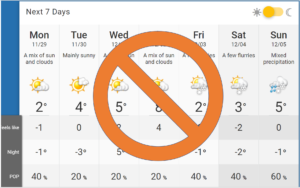






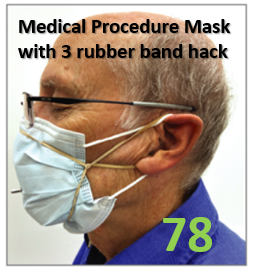
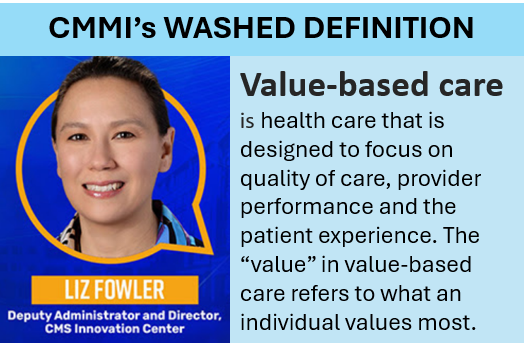

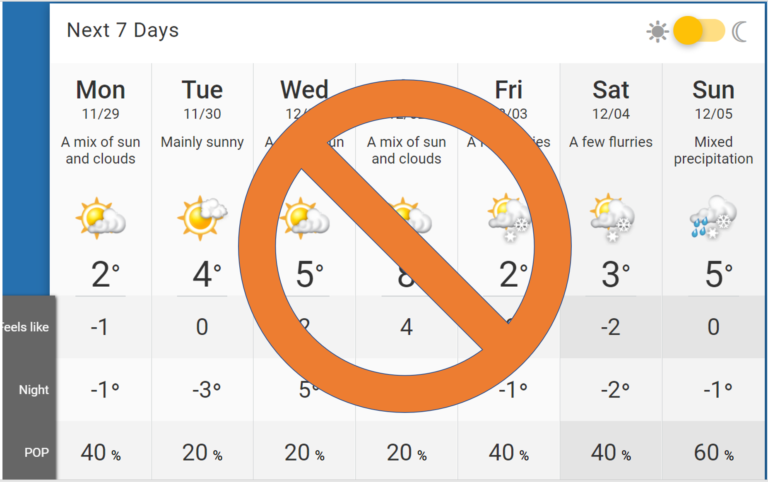


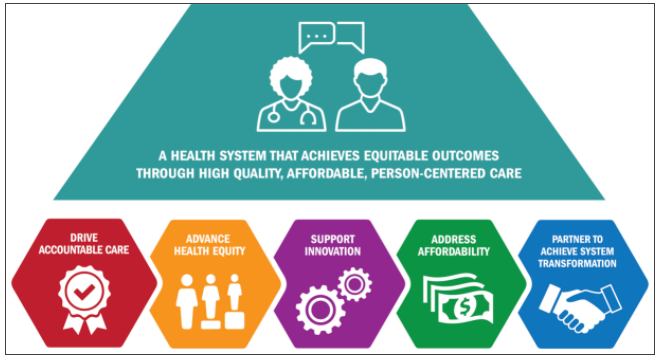
4 thoughts on “Some masks are better than others, and simple hacks can lead to big improvements in protection of wearer”
I am going to throw away the cotton holiday facemask which I felt perfectly comfortable wearing before this article. How can my husband’s 1990’s nylon ski neck gaiter be better than something I bought specifically for the pandemic? I am going to share this post.
Very helpful and clearly written article. Thanks.
The same team from UNC published additional useful results regarding DOUBLE MASKING today in JAMA Network. ( See https://jamanetwork.com/journals/jamainternalmedicine/fullarticle/2778913 ) Briefly, they found that wearing a cloth face covering on top of a procedure mask increased the FFE performance markedly from 66% to 81%, probably because the cloth mask compresses the procedure mask to achieve a better fit and reduce leakage. On the other hand, wearing a procedure mask on top of a cloth mask led to only a tiny improvement from 55% to 60%. Doubling a cotton mask also improved FFE performance, but that is less desirable because it reduced breathability.
The Cochrane Collaboration published an updated evidence review in January, 2023 ( see https://www.cochranelibrary.com/cdsr/doi/10.1002/14651858.CD006207.pub6/full ) regarding the effectiveness of medical/surgical masks and N95-style masks in reduction of transmission of acute respiratory infections, including COVID-19. They found poor evidence that medical/surgical masks work in community settings, and poor evidence that N95 masks do any better. The review was emphatic in calling for more high-quality trails (particularly large scale pragmatic trials similar to the Luby 2005 trial and the Bundgaard 2020 trail) of physical interventions, not only including masks, but also including social distancing, “respiratory etiquette” (such as coughing into a sleeved elbow), air filtration, surface cleaning, hand washing, and screening at airports, ports and health care facilities, quarantining.
The Cochrane report supports the conlusion of my 2020 blog post above about the necessity of taking a more proactive approach to commissioning and funding of studies to provide the information we know we will need during the next pandemic of a respiratory illness. Waiting for investigator-initiated research to happen and then doing Cochrane-style work to stitch together multiple small studies with highly variant methods to attempt to draw conclusions will only get us to where we are now — which is essentially nowhere.